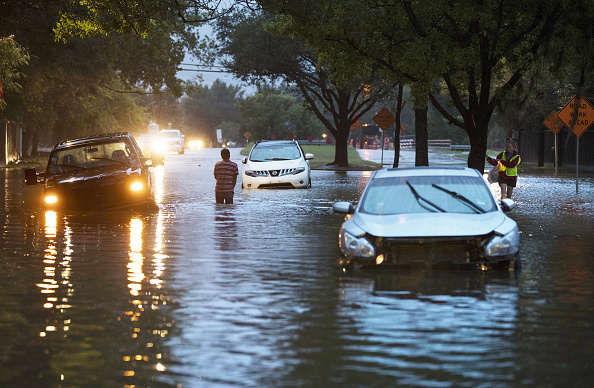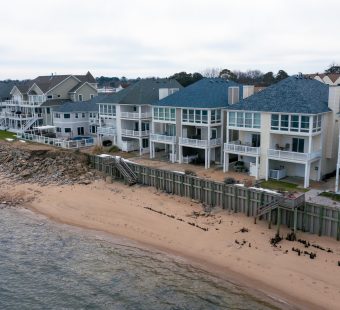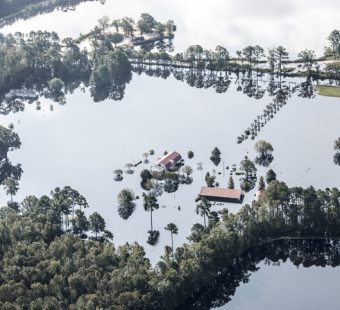
Inland Flooding Adds a Wrinkle to Protection Gap
Jeff Dunsavage, Senior Research Analyst, Triple-I (08/02/2022)
Inland flooding due to hurricanes is causing increased damage and losses – often in areas in which homeowners tend not to buy flood insurance.
“We’ve seen some pretty significant changes in the impact of flooding from hurricanes, very far inland,” Keith Wolfe, Swiss Re’s president for U.S. property and casualty, told Triple-I CEO Sean Kevelighan in the latest Triple-I Executive Exchange. “Hurricanes have just behaved very differently in the past five years, once they come on shore, from what we’ve seen in the past 20.”
Kevelighan spoke to the flood protection gap, referring to a map on Triple-I’s Resilience Accelerator that visualizes FEMA’s National Flood Insurance Program (NFIP) purchase rates.
“The whole swath going up the East Coast” that Hurricane Ida struck in the days after it made landfall had less than 5 percent flood insurance coverage, Kevelighan said. “We’ve got a flood insurance problem there.”
“People don’t appreciate that they have flood risk when they are in areas where FEMA flood maps don’t necessarily say they do,” Wolfe said. “This is why we’re trying to do education and get the public to understand that there’s a great opportunity to spend a little bit of money and really protect yourself.”
He added that Swiss Re is working closely with insurers to make more product offerings available that can be bundled in with their homeowners’ coverage.
Flood damage is excluded under standard homeowners’ and renters’ policies, but coverage is available from NFIP and a growing number of private insurers that have gained confidence in their ability to underwrite this risk using sophisticated risk modeling.
“We’ve built out modules inside Swiss Re’s catastrophe models that think about inland flooding from a post-tropical hurricane that comes on shore, as well as thinking about how we’ve constructed communities and the impacts of these kinds of storms being much more intense than they’ve been historically as well.”
Such progress in modeling capabilities have made flood a much more insurable risk than it was in the past.



